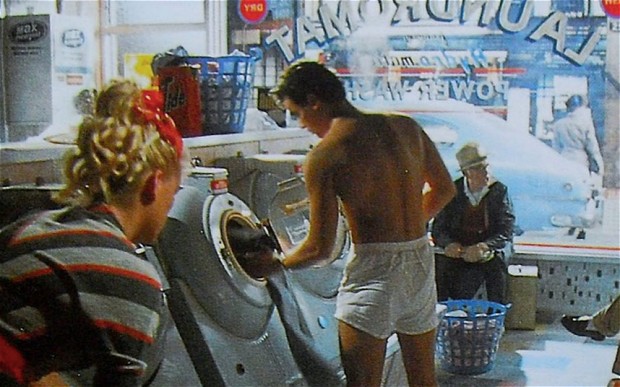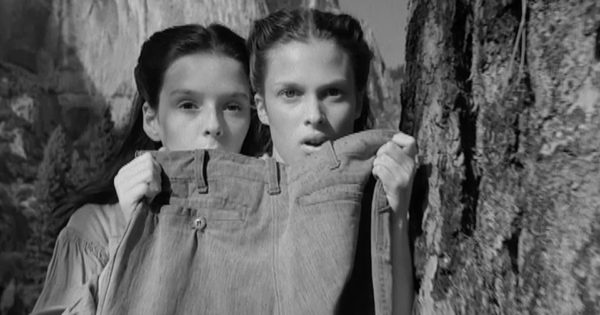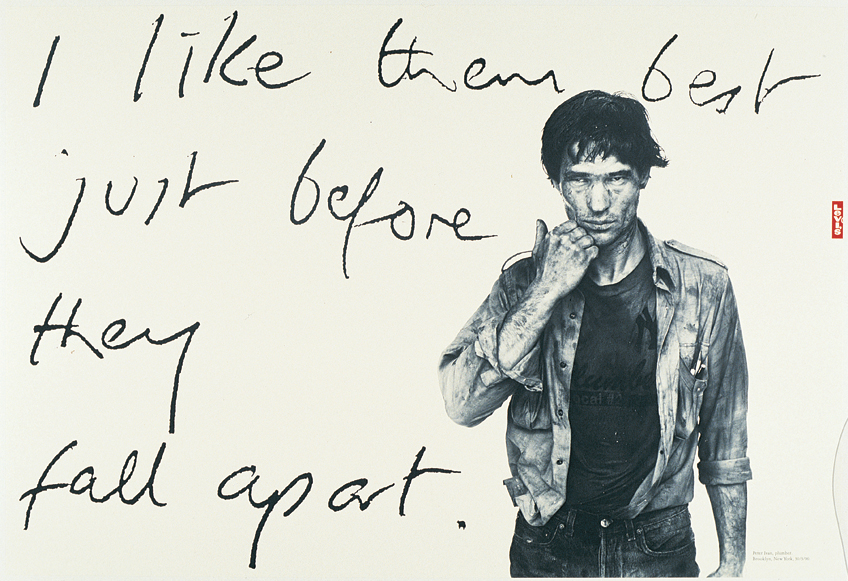‘You Got to Have Vision to See’: Tennessee Williams and The Fugitive Kind
‘This country used to be wild, the men and women were wild and there was a wild sort of sweetness in their hearts, for each other. But now it’s sick with neon, it’s broken out sick with neon, like most other places.’
Carol Cutrere, ‘Orpheus Descending’
I recently saw a fine production of Tennessee Williams’ ‘Orpheus Descending’ (The Menier Chocolate Factory, London). This 1957 play meant a good deal to Williams. It was a re-write of his 1940 piece, ‘Battle of Angels,’ which was his first work to be given a professional production. He also adapted it into the 1959 movie ‘The Fugitive Kind’, starring Marlon Brando, Anna Magnani and Joanne Woodward. (Brando’s performance earned him the first million-dollar contract for a single film.)
‘Orpheus Descending’ is a hot Southern stew of ‘memories and the loneliness of them’; of isolated strangers yearning for intimacy in a world of prejudice and bigotry.
’Nobody ever gets to know no body! We’re all of us sentenced to solitary confinement inside our own skins, for life!’
Lady Torrance runs a small-town dry goods store and she busies herself attending to her narrow-minded, gossiping customers. Her tyrannical husband lies upstairs, unloved and dying. The local free-spirit, Carol Cutrere, who ‘has an odd, fugitive beauty,’ arrives to ruffle some feathers.
‘I’m an exhibitionist! I want to be noticed, seen, heard, felt! I want them to know I’m alive!’
Carol takes a shine to Val Xavier, a drifter who has recently arrived in town with little more than a snakeskin jacket and a guitar to his name.
‘I’d love to hold something the way you hold your guitar, that’s how I’d love to hold something, with such - tender protection!’
But Val has other things on his mind. Vowing to put the troubadour life behind him, he pitches for a job as Lady’s store clerk. Lady is initially sceptical.
Val: ‘I got nowhere to go.’
Lady: ‘Well, everyone’s got a problem and that’s yours.’
Gradually, however, Val charms Lady into giving him a chance. He’s a talkative, sensitive, self-assured young man, with a philosophical nature.
‘You know they’s a kind of bird that don’t have legs so it can’t light on nothing, but has to stay all its life on its wings in the sky?... They sleep on the wind and never light on this earth but one time when they die… I’d like to be one of those birds; they’s lots of people would like to be one of those birds and never be – corrupted!’
‘Orpheus Descending’ is a celebration of birds that can’t settle, that stay on the wing, cherishing their freedom; a celebration of misfits and malcontents, oddballs and outsiders; of artists and activists, musicians and immigrants; of ‘the ‘fugitive kind’.
In one scene, eccentric local artist, Vee Talbott, a woman of a nervous disposition, endeavors to explain to Val her impressionistic style of painting.
‘I paint a thing how I feel it instead of always the way it actually is. Appearances are misleading, nothing is what it looks like to the eyes. You got to have – vision – to see!’
This thought resonated with me.
Professionally I was raised to follow the discipline of Vision, Strategy and Tactics: we should always set out with a clear, compelling Vision; Vision drives Strategy; Strategy drives Tactics; and everything else is just a distraction.
However, there’s something about the contemporary discourse that works against this approach. Whether one considers the field of politics or commerce, one cannot help noticing the absence of guiding Visions. Of course, a Vision Statement may exist on a website somewhere, in a Manifesto or Company Report perhaps, or in an arcane deck of charts. But rarely nowadays do you see clear evidence of Vision driving everyday behaviour and beliefs.
We spend most of our time reacting to events and responding to circumstance. We duck and dive, nip and tuck. We get caught up in the petty and prosaic, the incidental and insignificant. The competitive storm, the relentless media scrutiny, the headlong tilt towards change; the urgency of now, the pressing need for immediate opinion and instant action – they all combine to drag the debate ineluctably down into Tactics.
We may feel as though we’re actively engaged and urgently busy, as we expertly navigate our daily trials and tribulations. But as Vee Talbott knew, if we have no Vision, we just can’t see.
In the course of ‘Orpheus Descending’ the forces of small-town conservatism close in on Val. Inevitable really. And at the end of the play a mournful Carol is left in possession of his snakeskin jacket.
‘Wild things leave skins behind them, they leave clean skins and teeth and white bones behind them, and these are the tokens passed from one to another, so that the fugitive kind can always follow their kind.’
'But what I'd like to know
Is could a place like this exist so beautiful,
Or do we have to find our wings and fly away
To the vision in our mind?’
Stevie Wonder, ‘Visions’ (M Graves / L J Fiagbe)
No. 245










